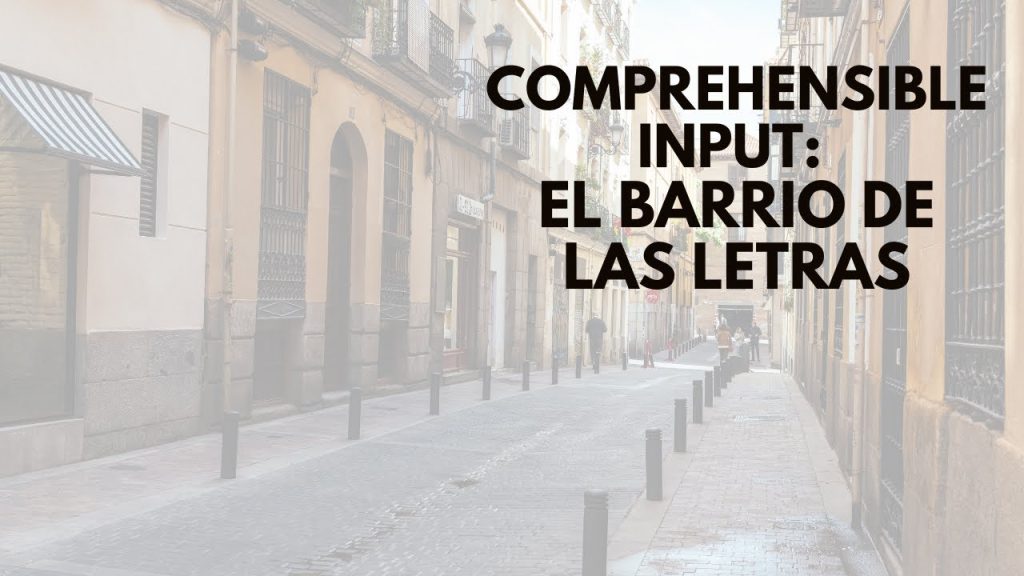Comprehensible input spanish is a simple way to learn vocabulary by seeing and hearing words in context. Below you will find the most common parts of the body in Spanish, short pronunciation notes, useful phrases, and quick activities to practise and remember them.
Core vocabulary: body parts (with articles and translations)
- la cabeza — the head
- el pelo — the hair
- las orejas — the ears
- la nariz — the nose
- la boca — the mouth
- las cejas — the eyebrows
- los ojos — the eyes
- el cuello — the neck
- el pecho — the chest
- los hombros — the shoulders
- los brazos — the arms
- las manos — the hands
- los dedos — the fingers
- las muñecas — the wrists
- los codos — the elbows
- el estómago — the stomach
- la espalda — the back
- los pies — the feet
- las rodillas — the knees
- los dedos de los pies — the toes
- las piernas — the legs
Pronunciation and grammar tips
Articles matter. Learn each word with its article: el (masculine singular), la (feminine singular), los and las (plural). This helps you form simple sentences quickly.
Most consonants sound similar to English. Pay attention to vowels: a like in “father”, e like in “met”, i like in “machine”, o like in “pot”, u like in “rule”.
Useful phrases to practise
- Me duele la cabeza. — My head hurts.
- Toca la nariz. — Touch the nose.
- Abre la boca. — Open the mouth.
- Levanta los brazos. — Raise your arms.
- Mira con los ojos. — Look with your eyes.
Activities to make these words stick
- Listen and repeat each word aloud several times. Repetition in context builds memory.
- Draw a simple person and label each part with the Spanish word and the English translation.
- Create a fun version: make a person out of food drawings (a strawberry nose, banana arms). Write a key that links each food to the correct Spanish term.
- Use your drawing as a prompt to write a short description in Spanish: for example, La persona tiene una nariz de fresa y manos de plátano. Translate each sentence to check comprehension.
- Turn phrases into questions and commands to practise different structures: ¿Dónde están las piernas? or Siéntate y toca las rodillas.
Using Comprehensible input Spanish is acquiring Spanish with clear examples. Learn the words with articles, practise with drawings and simple sentences, and the vocabulary will become natural. Try the food-person activity and write a detailed description to test your recall.
Building Proficiency for World Language Learners: 100+ High-Interest Activities
Discover over 100 dynamic activities to make world language learning interactive and fun. I wrote this book with some of my favorite activities for educators aiming to build proficiency with high-impact strategies.
Learn more and get your copy here.
5 Weeks of No and Low Prep Fun
Need quick, engaging activities for your class? This free guide includes 25 no-prep and low-prep ideas to save time while keeping students excited about learning.
Download your free copy now.
Gain access to an extensive collection of videos for self-paced Spanish learning.
Browse the videos.

